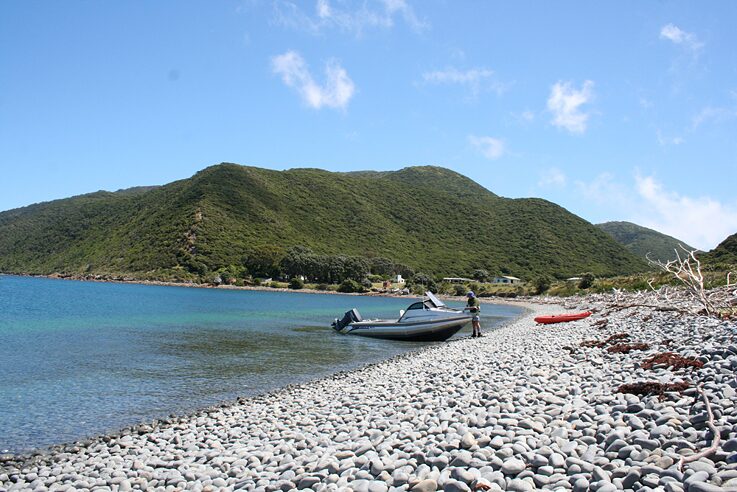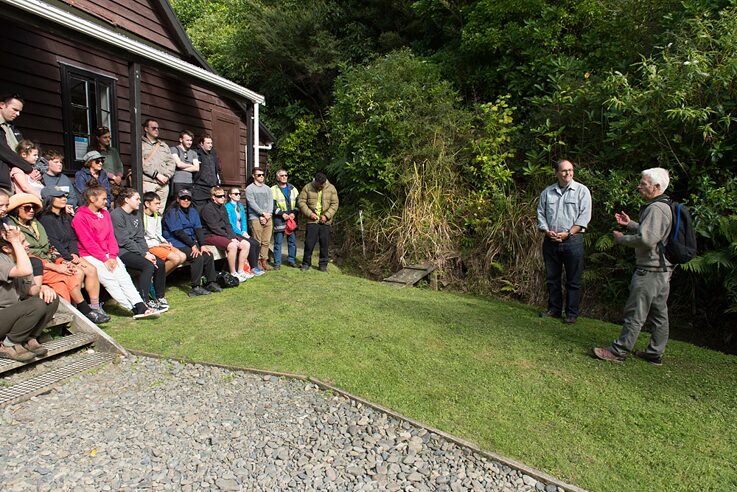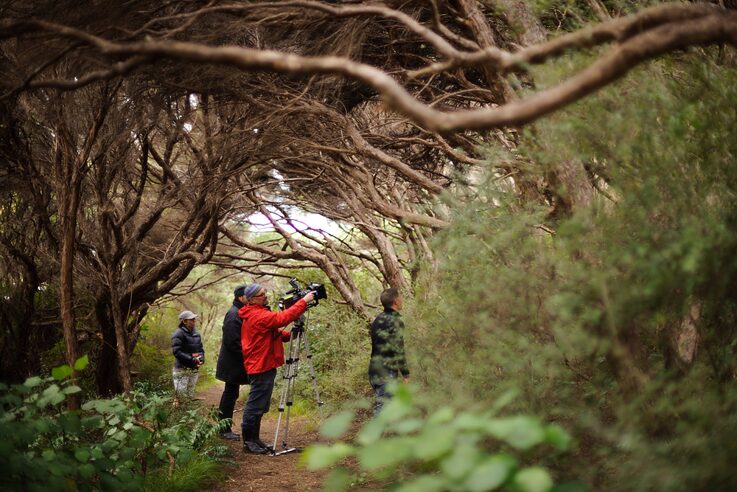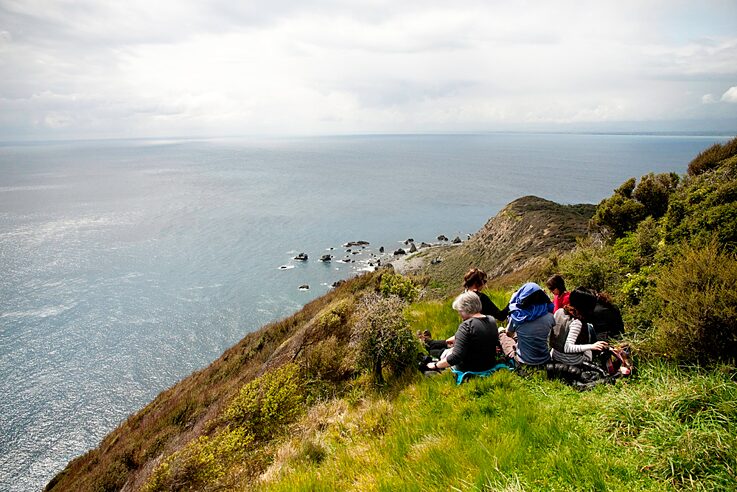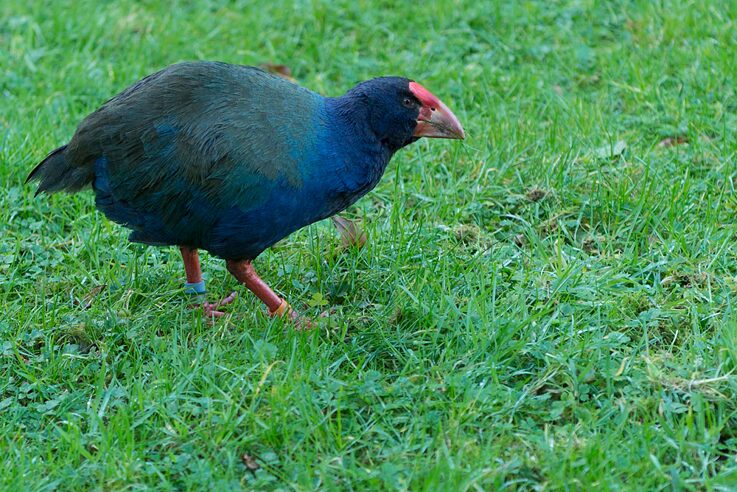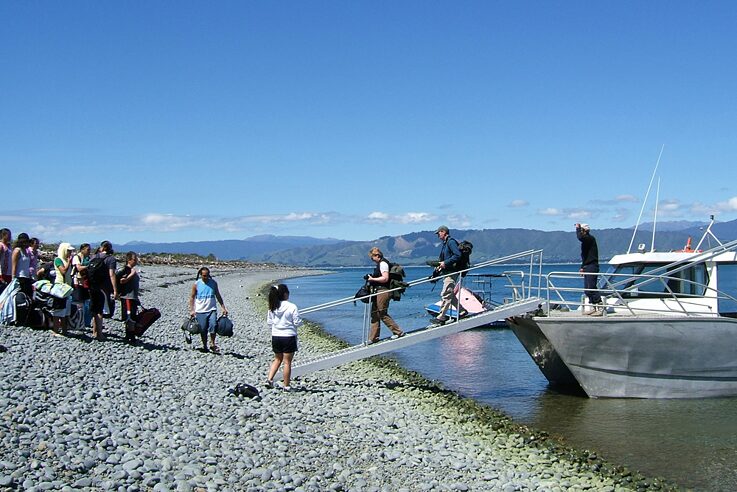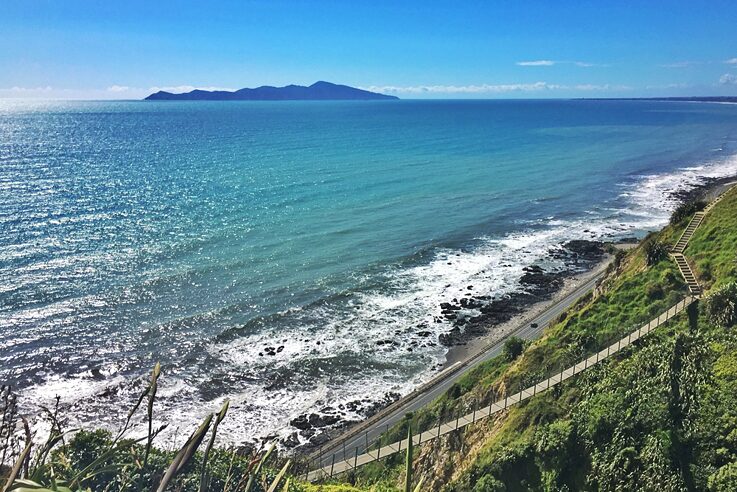Sustainable Tourism
Sustainable Tourism to Kapiti Island
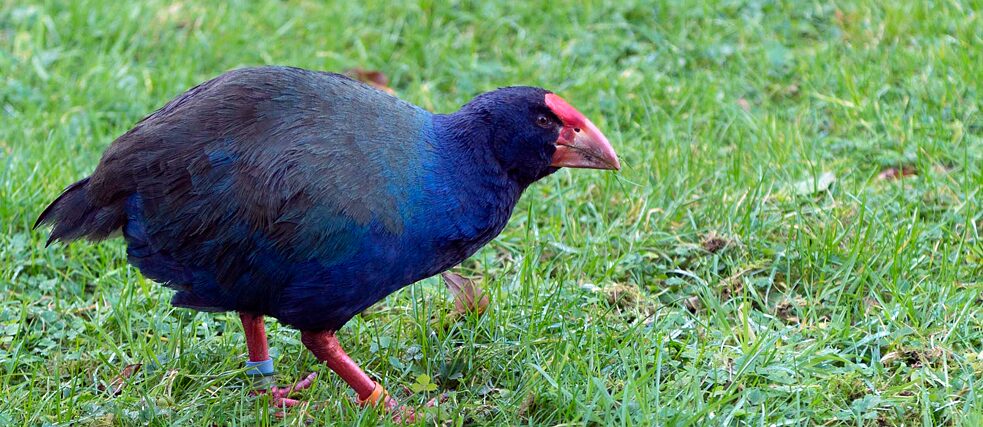
Less than an hour drive north of Wellington is the Kapiti Coast, the base for an incredible sustainable tourism focused trip to Kapiti Island.
Located five kilometres from the shores of the Kapiti Coast, Kapiti Island is a stunning nature reserve with choruses of birds living in harmony. With the risk of predators eliminated, the island has become a sought after host to a number of native and endangered birds such as the takahē, weka, and <1500 little spotted kiwis.
And with such an abundance of wildlife, tourists have naturally wanted to visit the island. Thanks to the work between private landowners, tour operators, and Department of Conservation (DOC), the tourism on the island has always been implemented in a sustainable fashion.
The history of Kapiti Island
The ~20 square kilometre island has a complicated history. The Treaty of Waitangi was signed in 1840 (by British Crown representatives and Maori Chiefs representing the native people of New Zealand), which made New Zealand a British Colony.As a result, a lot of land changed ownership including Kapiti Island which was confiscated from Ngati Toarangatira in 1897. The Government however didn’t go about the confiscation the right way and breached the Treaty of Waitangi.
But it wasn’t until 2014 until the breach was officially recognised. As a result the 2014 Ngati Toa Rangatira Settlement Act was passed and ownership was given back to Ngati Toarangatira. As part of the settlement, Ngati Toarangatira agreed to give ownership and management of the island back to DOC to continue the work they’re doing on the island.
Kapiti Island was first designated as a bird sanctuary in 1897, but with mammals, including sheep, possums, and rats on the island, many of the bird species (some flightless) couldn’t flourished.
That was until 1987 DOC took over the management of a large portion of the island. Over the next 9 years, DOC worked hard to make the island predator free. To the disbelief of many they achieved this by 1996 having confirmed all cats, deer, and sheep were taken off the island, and every possum and rat had been eradicated. For the island to be considered pest free, there needs to be no pests monitored or sighted for two years.
A trip to the Island
To ensure that the island keeps the wildlife as it’s priority, the way tourists can visit the island is closely monitored. Each day only 160 people with permits are allowed to visit the island. And it’s not as simple as jumping on a boat, and heading to the island with your permit in hand.The two authorised Kapiti Island tour operators work alongside DOC and the landowners to ensure there are no pests in your luggage before you board a boat to the island. This unpacking and repacking of your bag, may seem tedious, but if just one pest makes its way over to the island, the potential effects are devastating.
Once on the island visitors are introduced to the island by a guide who talks about the islands history and how the island has been managed to become a wildlife haven. In addition to educating visitors, they gain an appreciation of the islands history.
And despite the tight protocols in place to this point, trips to the island aren’t 100% guided as you have the option to take a walk to different parts of the island without a guide. This is empowering and with the steps taken before leaving the mainland, and the further education on arriving, it helps pass ownership to visitors to take care of the island. But don’t go blaming anyone if you fall victim to what Kapiti Island resident Manaaki Barrett describes as a ‘Kereru bomb’ from above. Unless you consider that a lucky charm.
Another small but significant note, given recent events in Indonesia, is related to fire on the island. No fires are allowed on the island. Kapiti Island used to suffer from forest fires with farmers burning off land for farming purposes, but since this was eliminated the islands forests have regenerated and in doing so, the wildlife has been assisted with natural food sources. Don’t forget your lunch though, there are no shops on the island.
In the larger context of New Zealand, Kapiti Island is one of several islands that are used to ensure the survival of native bird species. Two other well known nature reserves are Ulva Island at the bottom of the South Island, and Tiritiri Matangi near Auckland.
The Kapiti Coast isn’t a large tourist destination for international visitors, but that hasn’t stopped Tourism New Zealand from recognising the efforts with Kapiti Island Nature
